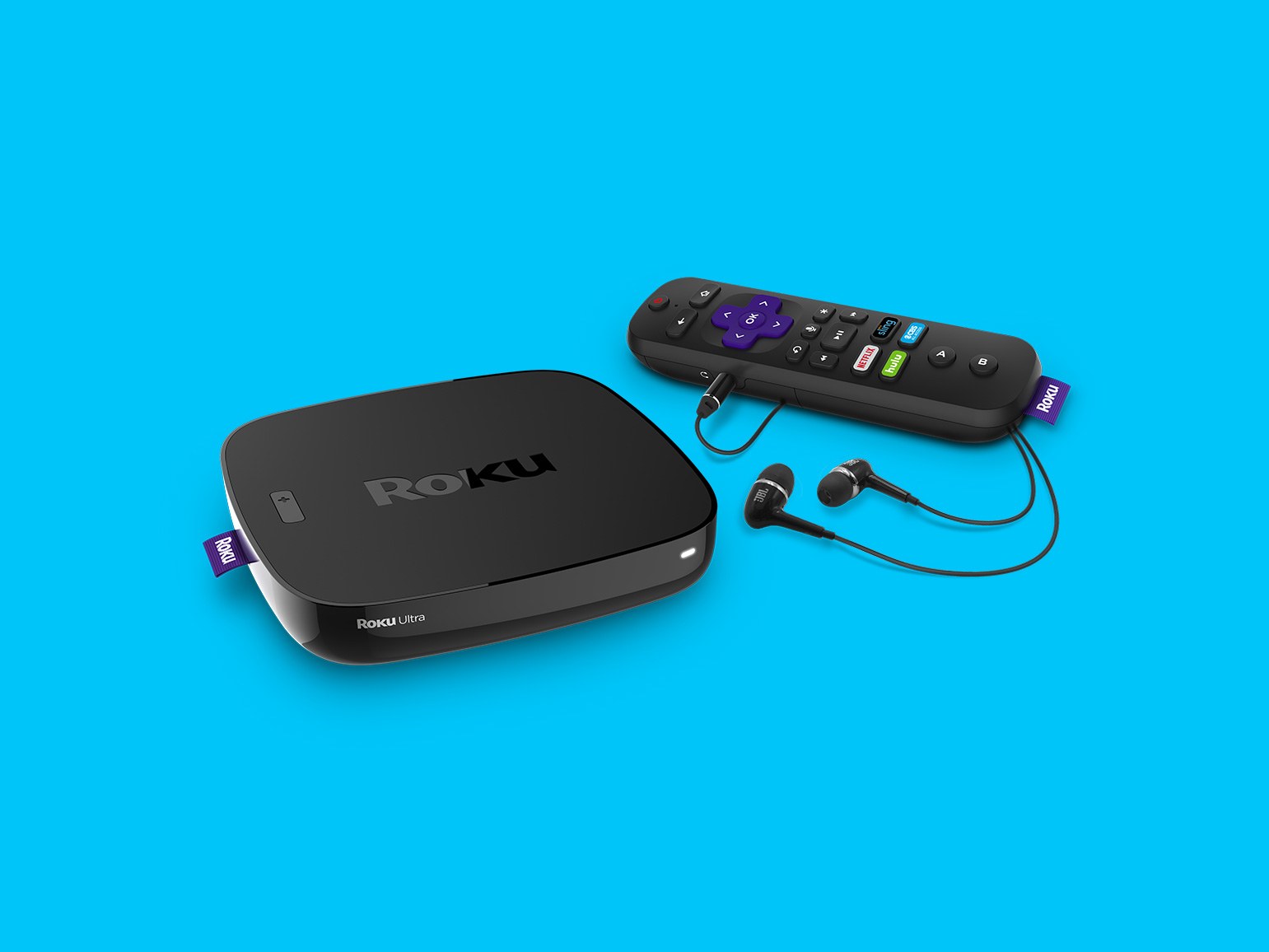6 Ways to Reduce Shopping Cart Abandonment

According to some studies, nearly 80% of shoppers with items in their online shopping cart abandon the page without making a purchase. Something made them so interested in purchasing the product that they actually decided to buy it, and then something changed their mind.
You’ve already followed the steps to optimizing your conversion rate, and you’ve seen results: People are interacting with your product page. Your page views are going up; people are actually reading your product descriptions, and they’re looking up reviews. They apparently approve of what they find because they click the “Add to cart” button. The situation seems perfect.
Then they close the page.
What went wrong?
Your checkout process may contain certain “problem areas” which can cause customers to change their minds about purchasing your product. Identify and fix these potential barriers, and shoppers will be less likely to leave prematurely. Here are the most common reasons customers abandon shopping carts:
- Price. You may not be able to reduce the actual cost of your product, but the customer is still hoping for a deal. Here are some ideas to show your shoppers you’re offering great value:
- At checkout, you will have to ask for their email address. And customers hate spam, so put a little checkbox next to it: Offer a 10% discount if the customer signs up for your newsletter. If the box is checked, instruct them to check their email for a confirmation code – and make sure your automated system sends the email immediately. I don’t know how many times I’ve signed up for a newsletter in order to get a discount, but the email didn’t come for a few hours and by that time I had lost interest in purchasing from that website.
- Instead of hoping the customer doesn’t leave the site to look for better deals (and get so lost in Google search results that they lose track of your site), tell them right away that your deal is the best one. Show them what percentage they are saving on regular retail price. Amazon employs this tactic with great results.
- Alternately, challenge the customer to find a better deal than yours and promise to beat it. Instruct them to contact you if they succeed, or even offer a 10% refund if they find a better deal within 30 days of purchase. Customers like to find They’ve done a little extra work and it has literally paid off. They feel good about themselves for completing the challenge. If you can make them feel good, they will want to return.
- It’s a fact: Many people are afraid of commitment. So show the customer that he or she has control:
- Make sure they know that you have a decent return policy.
- Make it easy to reach your business by email or phone (and be sure to monitor them!)
- Mention the type of security you use to protect their information. Most people don’t care so much about the type of security you use; they just want the assurance that you will protect their credit card information and will not sell your email address to third parties.
- Yes, shipping is a huge expense for you. But if you can work some of those costs into the price of your product, it will still be more attractive to customers who actually add items to their carts. I have abandoned many carts upon finding that the shipping price was greater than the item price. Additionally, you might consider following Amazon’s example and offer free shipping for a purchase over a certain amount.
- Conversion rates are proportionate to the clarity of the site. There should be nothing distracting the shopper from his or her cart (that means no flashy ads!) The process should be very clear, simple, and straightforward:
- Make sure your checkout page matches the rest of your website. It’s best not to redirect to a third-party site for checkout.
- Utilize “steps” in the checkout process: e.g. “Order summary” where the customer can change quantities and see estimated tax; “Shipping,” where the customer can see shipping costs, change shipping methods, and view estimated delivery date and see the final cost; “Billing,” where the customer inputs the credit card or PayPal information (make sure they know they will have a chance.
- Ensure the customer sees a confirmation page after making the purchase and immediately receives a confirmation email.
- Payment methods. I like to pay with my American Express because I get fantastic cash-back rewards from them every year. I’m also aware that American Express tends to charge businesses more than other credit card companies for the privilege of accepting their cards. So when I see a business like title loans that only accepts Visa or MasterCard, I feel like the business is great. Also, people are using mobile devices to make purchases or loan repayments more frequently than ever. Ensure that not only your site is mobile-friendly, but that your checkout process is easy to navigate on a phone.
- If the customer goes to another website or tries to close the page, try popping up a little box saying something like, “You have unpurchased items in your shopping cart. Are you sure you want to leave this page?” It serves as a reminder that the shopper has unfinished business, especially if they get distracted and forget what they were in the middle of doing!
These tips serve to help your business identify and solve potential impediments to completed sales. You can’t control shopper’s actions, but you can influence them to complete the purchase by removing potential interruptions in the checkout process.





